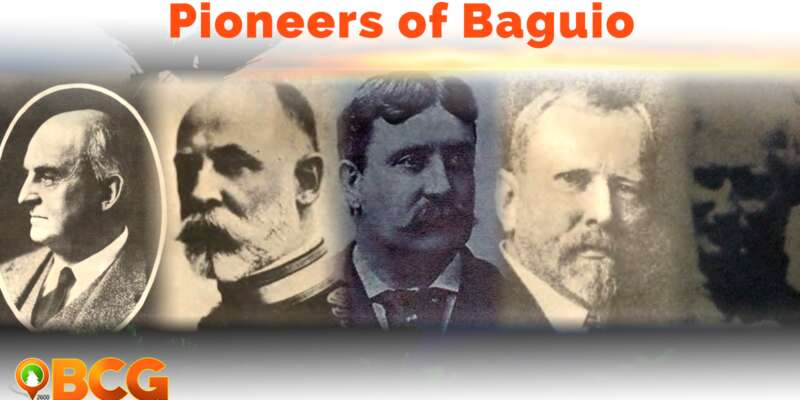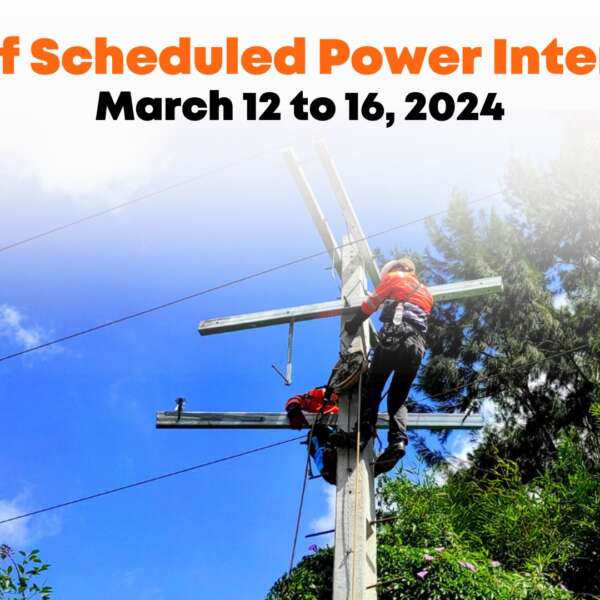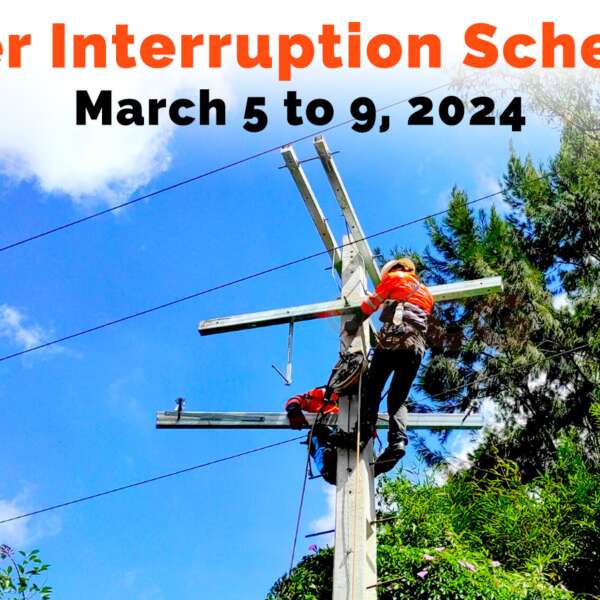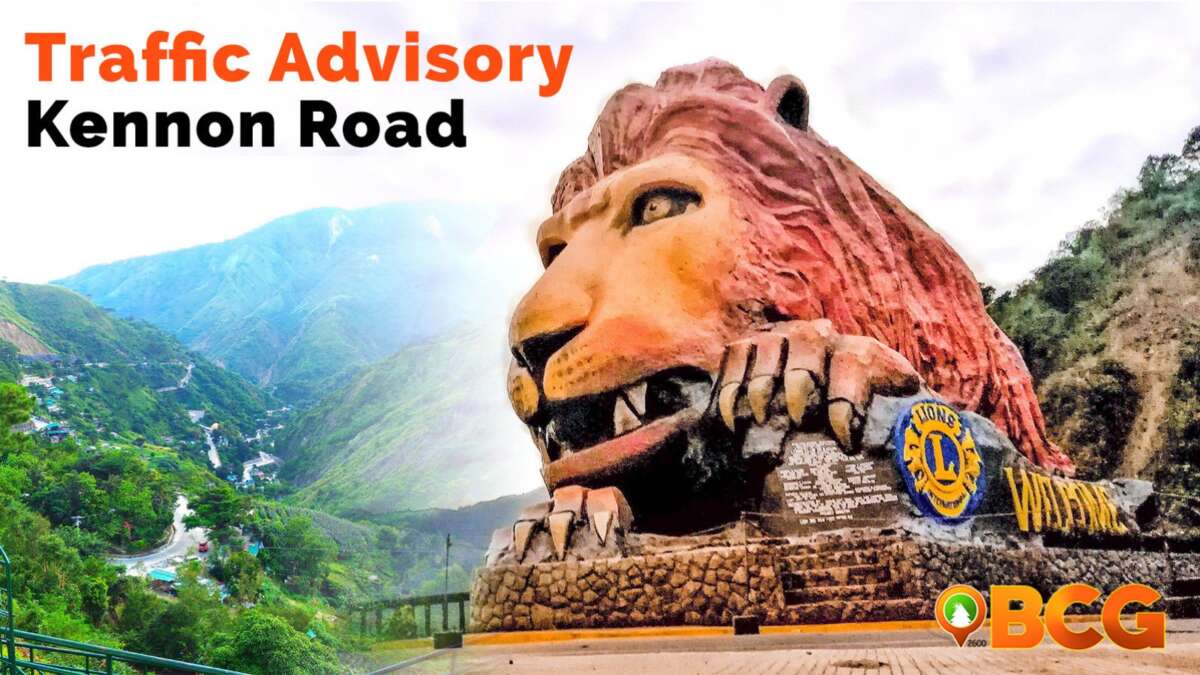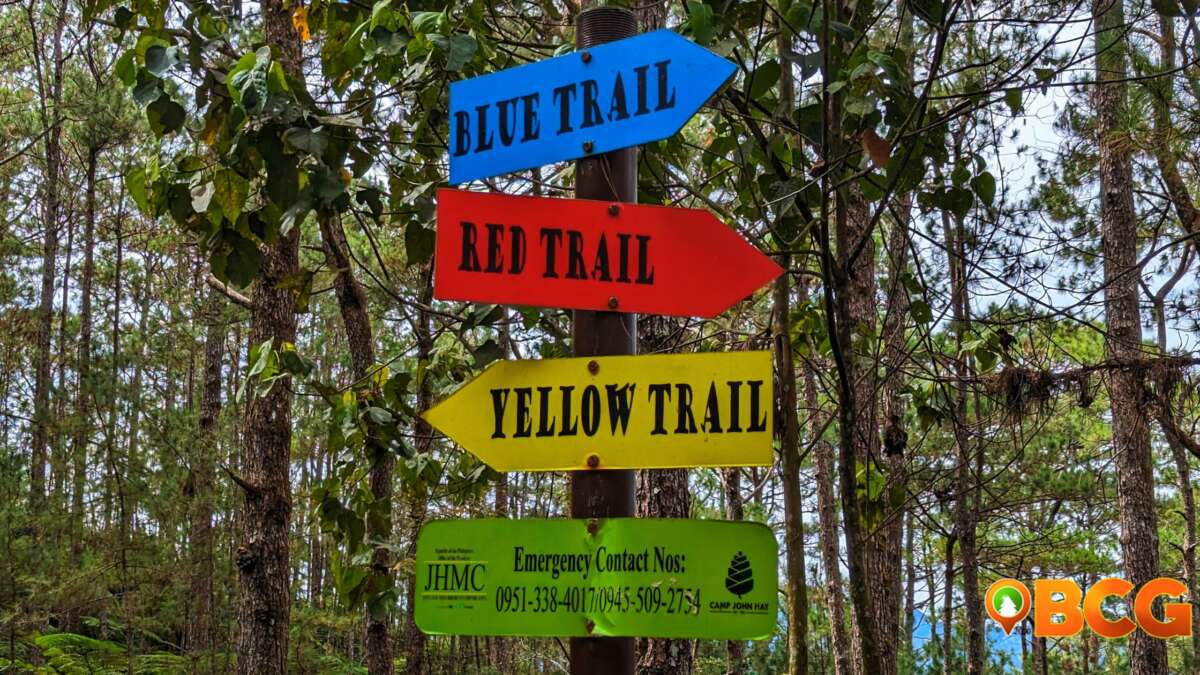The Pioneers of Baguio
As some of the notable pioneers of Baguio City, the Americans have huge contributions to the history and development of Baguio City through the years. Picture this: sweltering heat in the lowlands, and suddenly, an American visionary steps in and declares, “This place, with its cool breeze and scenic beauty, should be our summer refuge!” That audacious belief led to Baguio becoming the beloved Summer Capital of the Philippines. Let’s dive into the captivating stories of these American trailblazers and their invaluable contributions to the vibrant tapestry of Baguio City’s past and present.
The Different Pioneers of Baguio
William Cameron Forbes, the Father of Baguio City

William Cameron Forbes Baguio Museum Historical Photos, Memoirs of Baguio by Summer Capital Publishing House
William Cameron Forbes, appointed Commissioner of Commerce and Police by President Theodore Roosevelt in 1904, was instrumental in bringing about the development of Baguio City. Recognizing the city’s potential, Forbes took on the responsibility of transforming Baguio into a thriving urban center. Under his leadership, significant infrastructure projects, including the construction of Benguet Road, were initiated. Forbes also facilitated the establishment of the government center and city hall, solidifying Baguio’s status as the Summer Capital of the Philippines.
Daniel H. Burnham, The Urban Designer
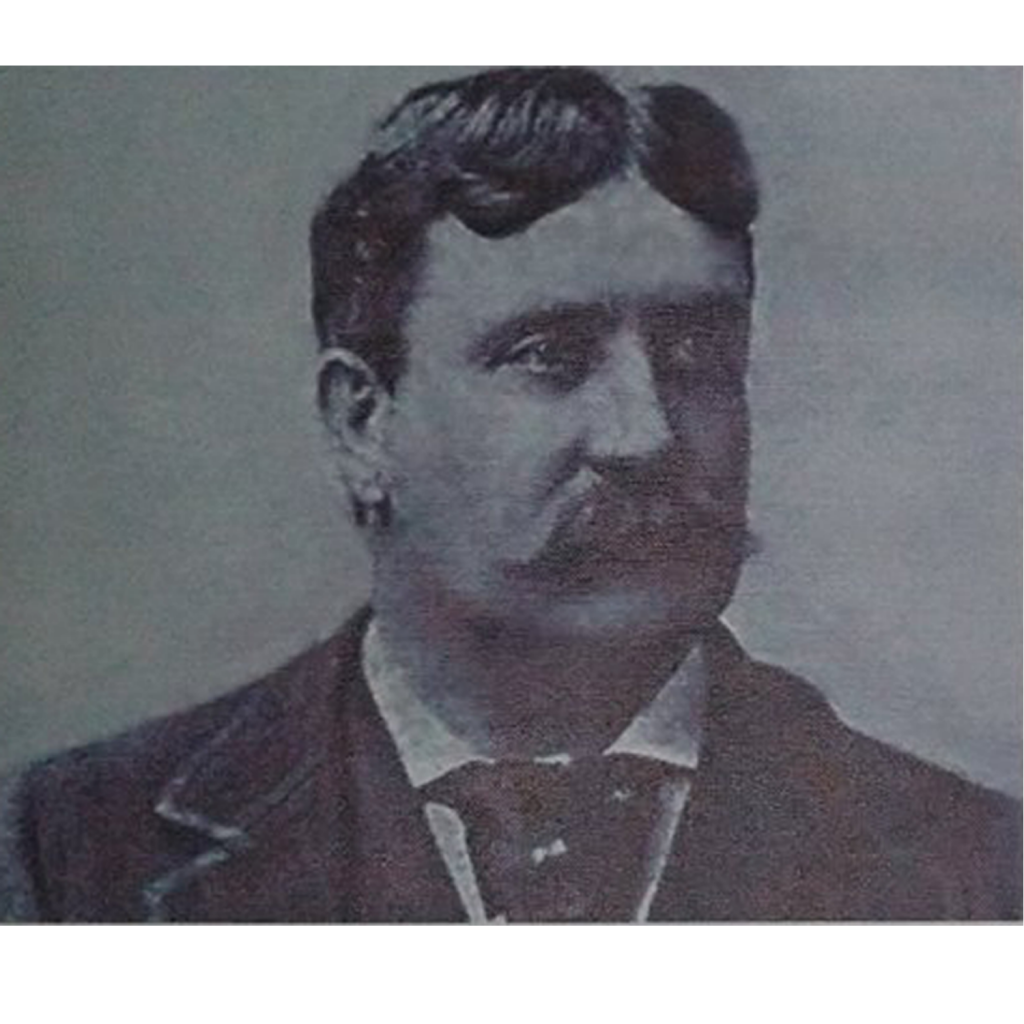
Baguio Museum Historical Photos
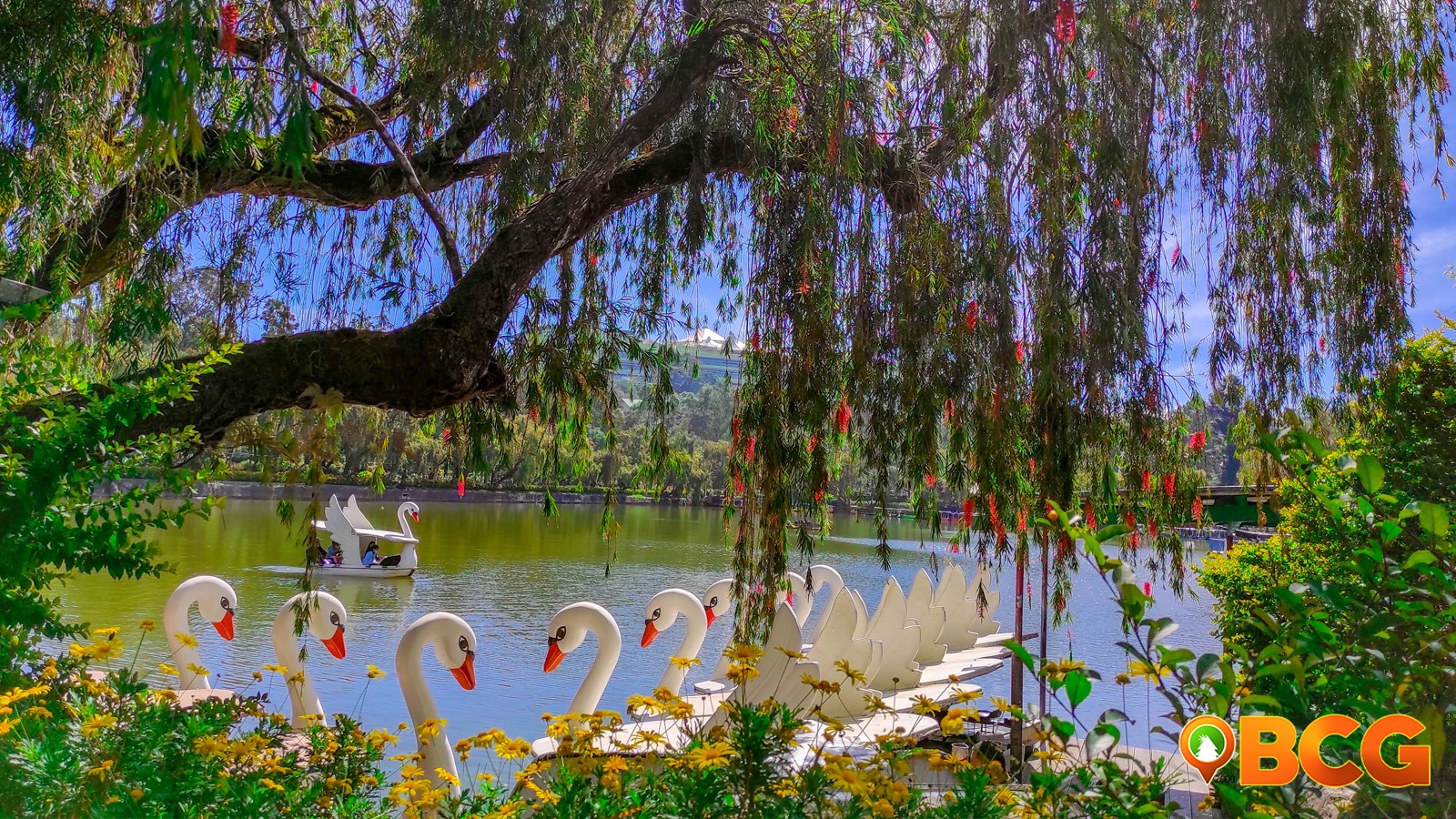
Burnham Park, named after Daniel Burnham
Governor William Pack, Governor of Mt. Province for several years
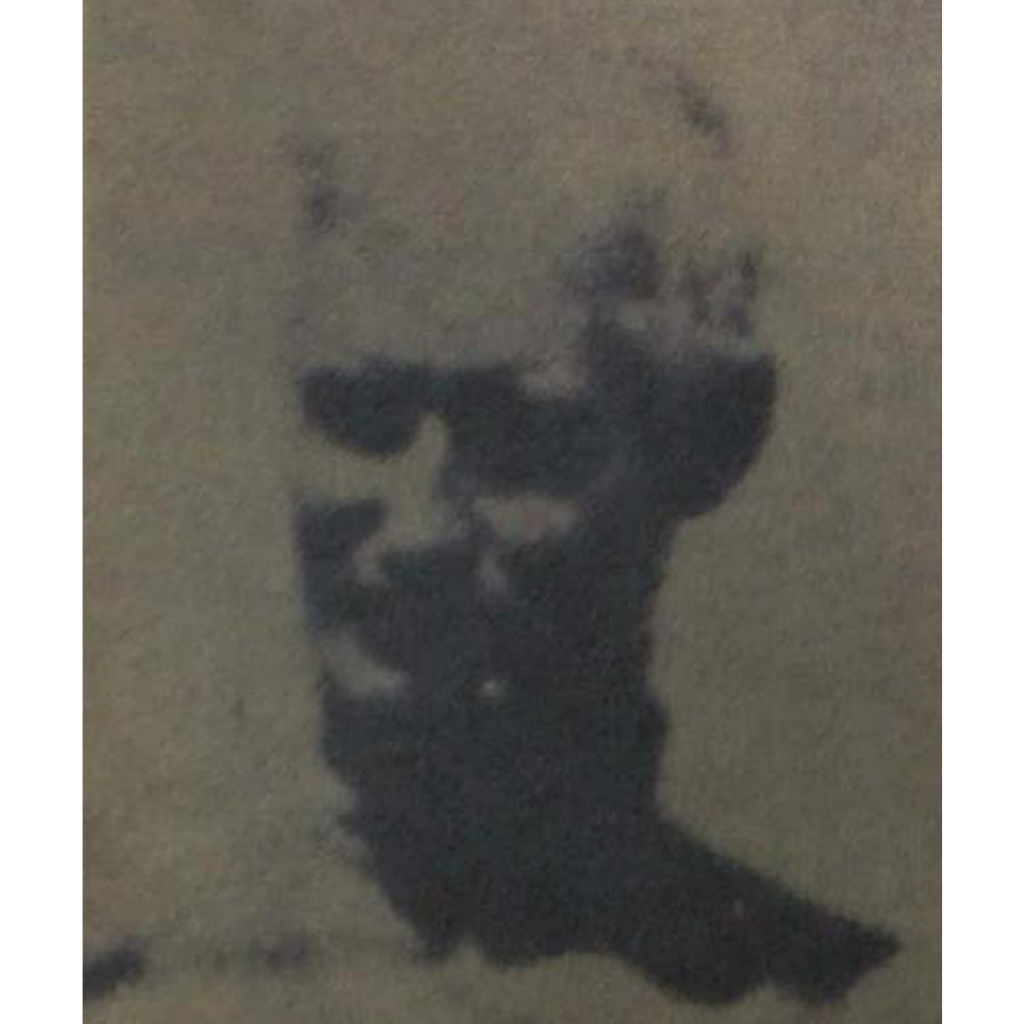
Memoirs of Baguio by Summer Capital Publishing House
Governor William Pack served as an influential figure in the development of Baguio City during his tenure as the Governor of Mt. Province. He actively promoted the construction of Benguet Road, which enhanced accessibility to Baguio. Additionally, Governor Pack initiated the establishment of Teacher’s Camp, a facility dedicated to providing teachers with a conducive environment for learning and development.
Col. Lyman W. Kennon, Builder of the famous Benguet Road

Col. Lyman W. Kennon Memoirs of Baguio by Summer Capital Publishing House
Col. Lyman W. Kennon is renowned for his remarkable achievement in constructing the famous Benguet Road, popularly known as Kennon Road. Considered one of the world’s finest mountain roads, Kennon Road has played a crucial role in connecting Baguio City to the lowlands. Col. Kennon’s unwavering dedication and leadership in overseeing the road’s construction contributed to the city’s accessibility and growth.
Dean Worcester, Rediscoverer of Baguio

Dean Worcester
In July 1900, he led a party of curious Americans to the Benguet region. The said trip led to the birth of Baguio.
In June 1901, he made a trip on a horseback to Baguio. He and his party were immediately convinced of the possibilities of Baguio as a health resort. And for the special interest and influence he exerted, he was given much credit for the founding of Baguio.
He was able to see that the report written by three Spanish engineers, who made a survey about Baguio, had been accurate. The hills were grassy and studded with pine trees, fern trees grew along the streams. The area looks like an ideal site for a future city.
Otto Scheerer, Author on Baguio’s Past
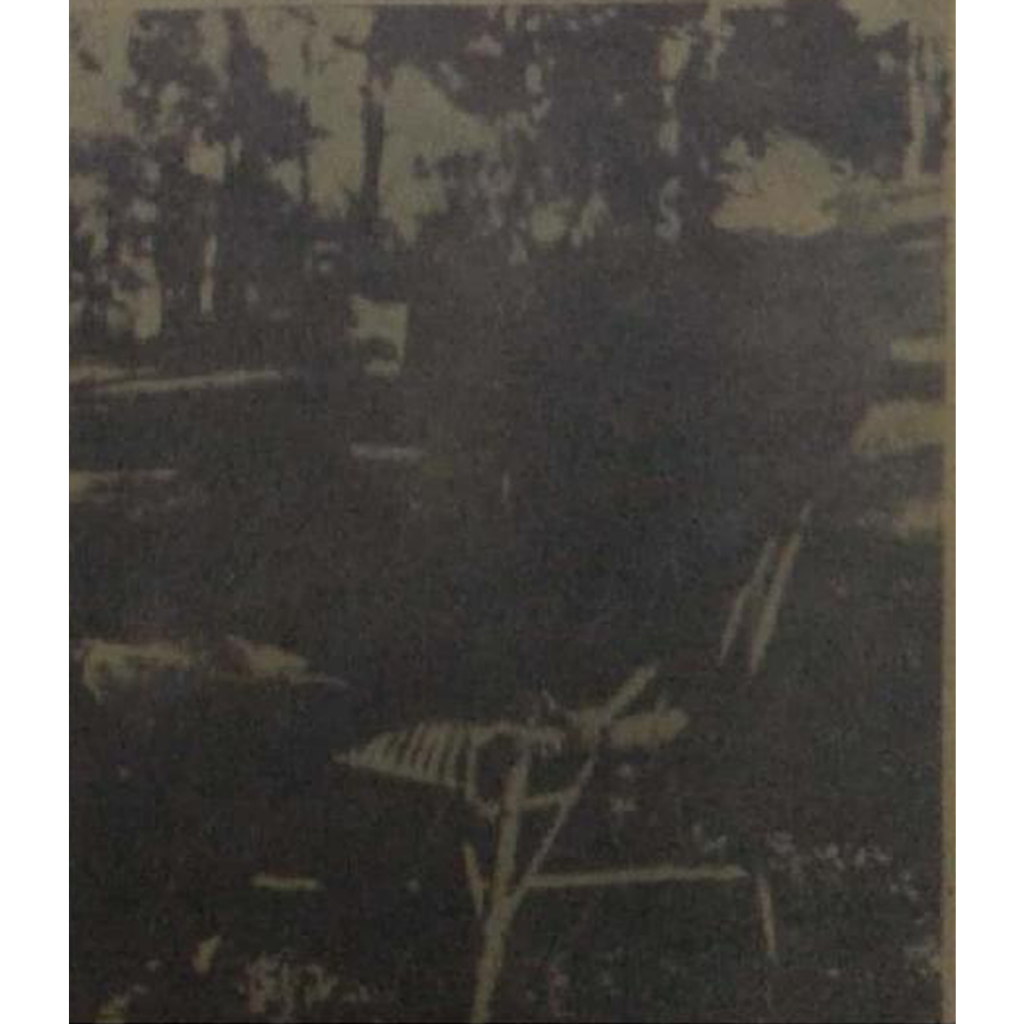
Otto Scheerer, Memoirs of Baguio by Summer Capital Publishing House
Up to this day, his book “On Baguio’s Past” is one of the most valuable references for those that seek reliable information about the city’s history.
He was a German Scholar who came up to Baguio in 1896 for health reasons. But when he fell in love with the place, he purchased 43 hectares of land and built two houses – one became the Baguio Sanitarium and Hotel and the other as the residence of the Deputy Governor. And when the Americans reached Baguio in 1900, he was the first white man to welcome them and he also became instrumental in building a good relationship between them and the natives.
The contributions of these American pioneers have left a lasting legacy in Baguio City’s history. Their vision, planning, and infrastructure development have transformed Baguio into a vibrant and iconic destination, attracting visitors from all over the Philippines and beyond.
Related: Baguio Landmarks and their History

